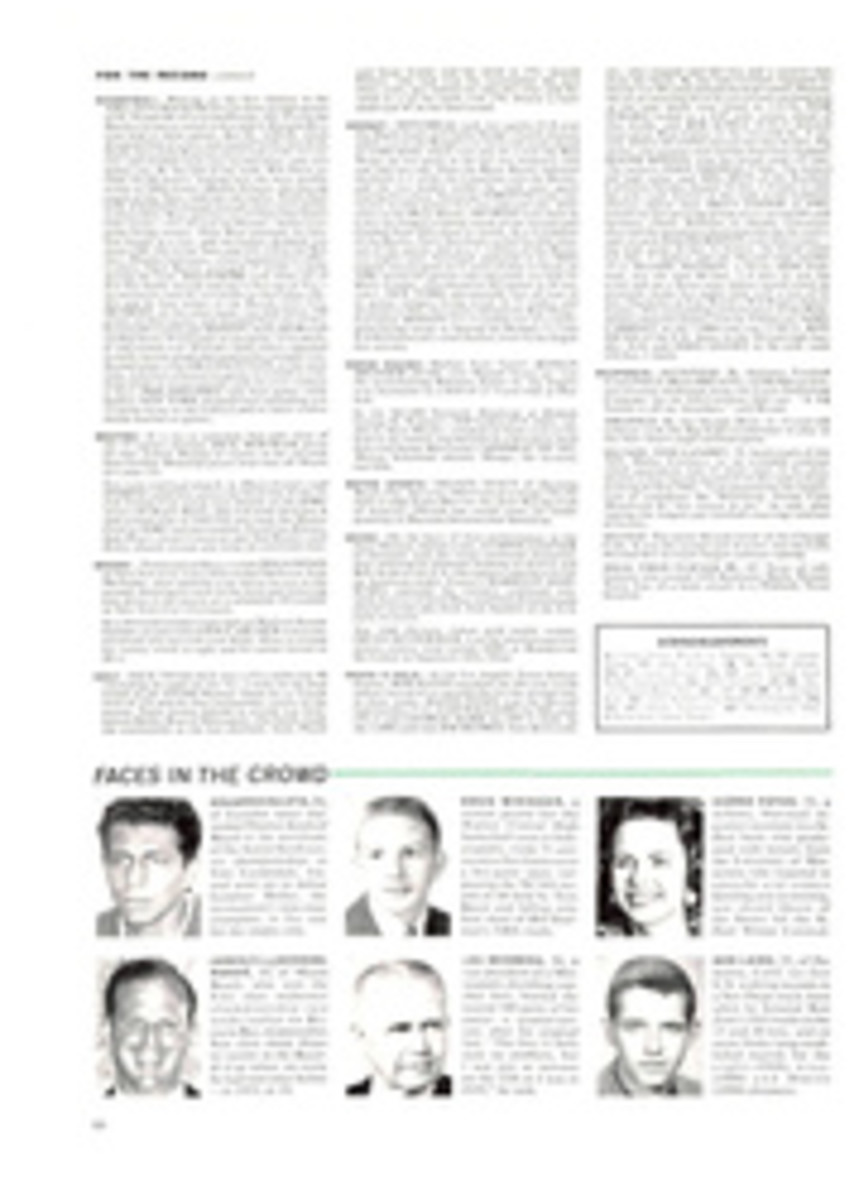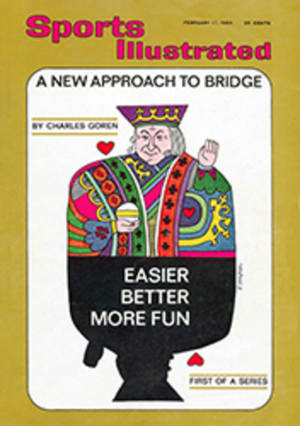
A putter that 'vibrates' is the latest panacea offered to all problem golfers
Golfers have had putter problems ever since the game was first invented by the Scots early in the 15th century. The very first golfer probably finished his first round muttering about his putting and, more than likely, tossed his club halfway to England. Since then, thousands of putters have been made in every shape, size and form, and golfers, both good and bad, are still complaining.
Now, once more, there is another cure-all for harassed golfers. This latest design got its start last April when a better-than-average golfer named Raymon Cook jigged out his first VI-BRA-GROOV putter (below), a club incorporating for the first time a unique dimension of "feel." Simply stated, the golfer is supposed to feel shock vibrations in the grip of the club when he putts the ball.
Cook's new putter made its debut in professional golf when Johnny Pott used it in the Texas Open that same April. He shot a 270 for 72 holes and finished second, only two strokes behind winner Phil Rodgers. "I could not have done it without this wonderful new putter," Pott told the gallery of spectators clustered about him at the finish, as he accepted a check for $3,000. "I have never had so many one-putt greens in all my life."
Cook began work on his new putter design in 1956. "I started grinding, sawing, hammering, bending and ruining every putter I could afford to get my hands on," Cook said. And finally, when the idea of a vibrational putter occurred to him, Cook called in Art Colver, a consultant designer.
"We ruined another hundred or so putters before we discovered where the basic groove should be," he said.
Grooved head
Actually, Cook's putter looks as if junior took a few whacks at its mallet head with his favorite bowie knife. The slightly goose-necked mallet head has three deep grooves. One (A) is parallel to its putter face, and it is cut completely through the head to form a kind of "floating" impact area. The other two grooves (B and C) are perpendicular to the putting face. This peculiar design of grooves gives the putter what its designer calls "feel" by channeling shock vibrations up the shaft to the golfer when he putts the ball.
"The metal separation—resulting from the grooving—in the club head forces all the vibrations into the shaft and grip area," says Cook, a handsome 6-foot-1-inch designer with a face deeply tanned from years of southwestern golf. "There is no other place for the vibrations to go."
Groove A, parallel to the putter face, is supposed to help the golfer line the ball up with the cup. The grooves B and C, perpendicular to the club face, are equidistant from the center of balance and are spaced the exact width of an American-made golf ball apart. So a golfer merely aims the grooves directly at the cup and putts. According to Cook, it is as easy as sighting through a scope on a rifle.
The VI-BRA-GROOV putter does give an unusual hollow "click" upon impact with a golf ball. A golfer, though, would need the seismographic hands of a safecracker to feel anything but a faint shiver of vibrations in the shaft.
Aside from its vibrational qualities—or the lack of them—the putter itself is a well-made club, cast of aluminum and various metal alloys. Its grip, soft to the touch, is flat on top and comfortable. The putter costs $18.50 and can be obtained at most pro shops in the U.S.
Since Johnny Pott had his good luck with the putter at the Texas Open last year, many of the other touring professionals have tried the VI-BRA-GROOV at one time or another in tournaments. Sales now average about 1,000 a month, and Cook estimates that there will be a million VI-BRA-GROOV putters in use within the next five years.
ILLUSTRATION
A
B
C

